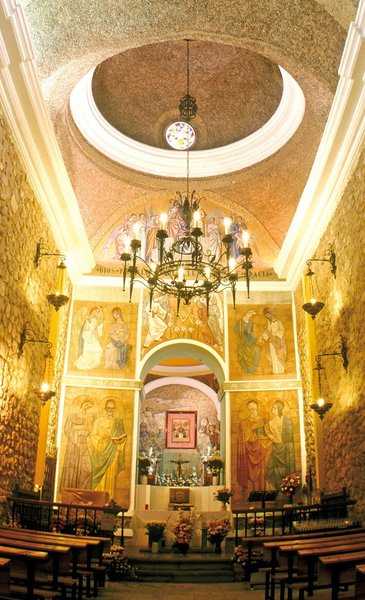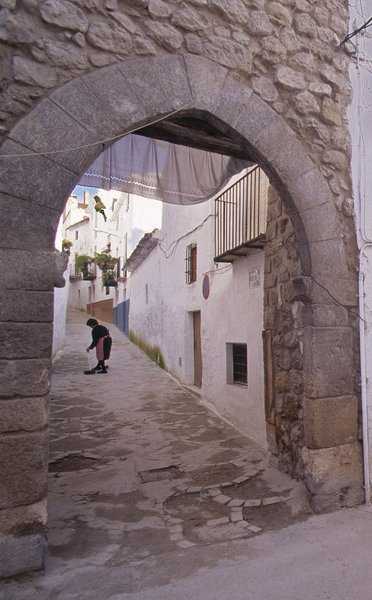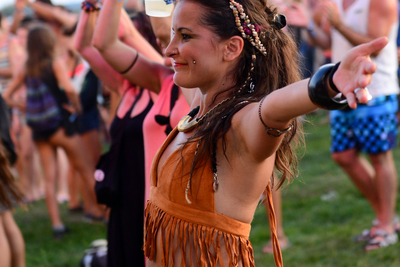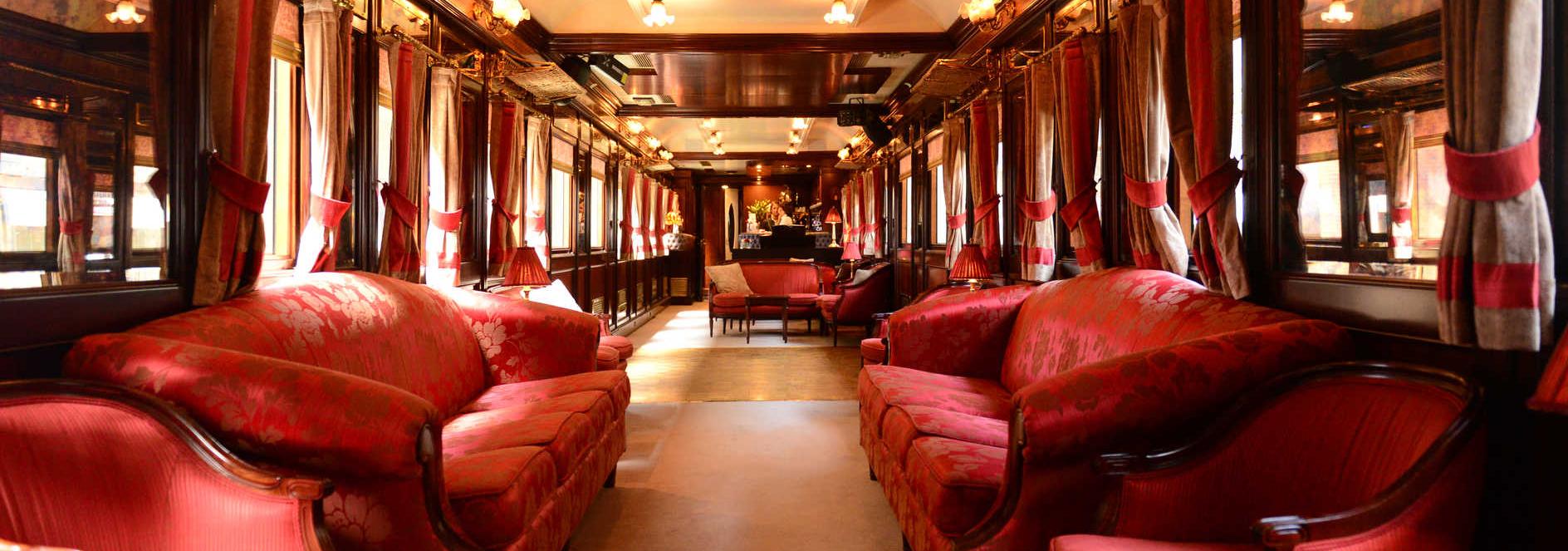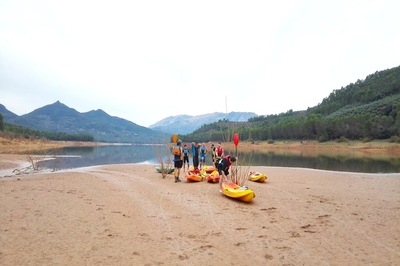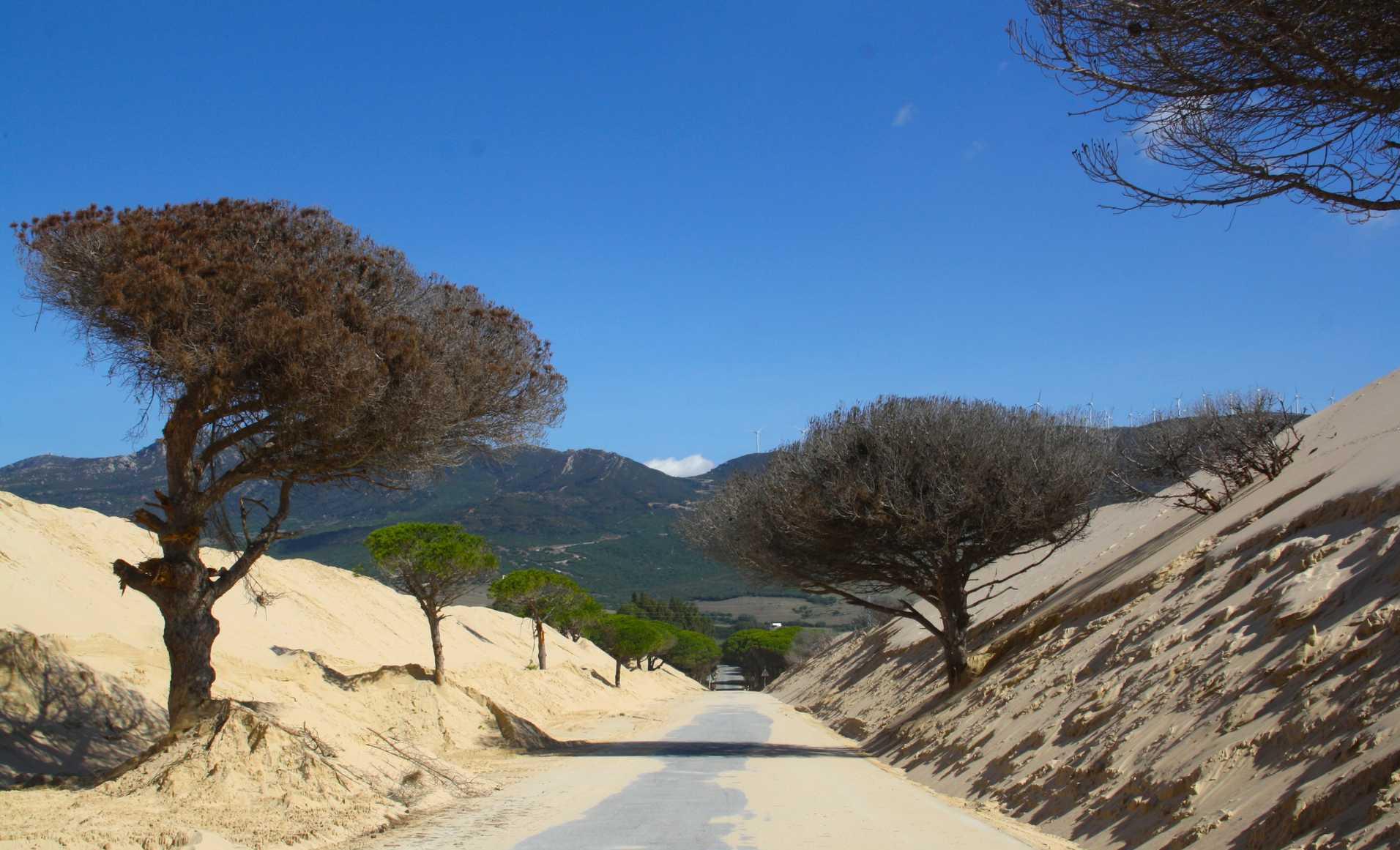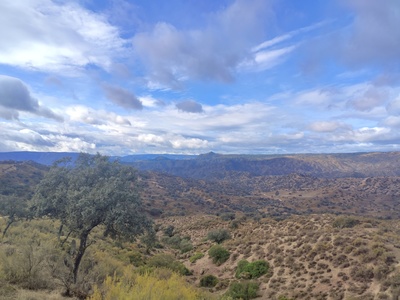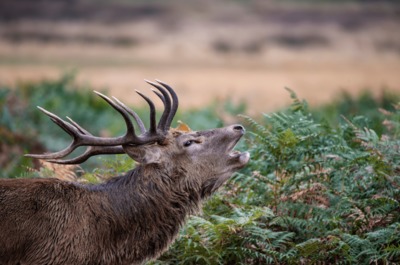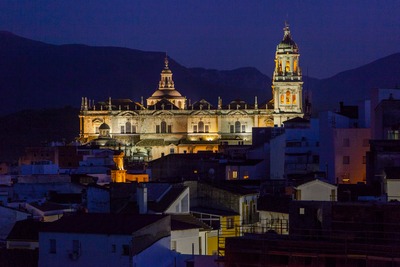Quesada safeguards the legacy of Rafael Zabaleta
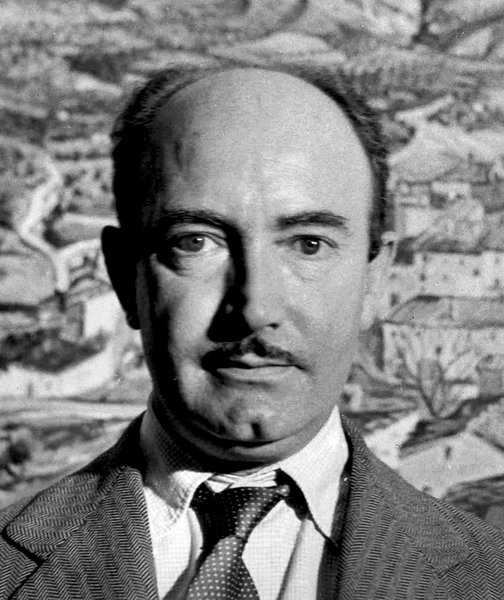
He achieved universality despite barely leaving Quesada, transcending the local through his expressive personal realism, providing a particular vision of the Andalusian landscape and its people.
Rafael Zabaleta (Quesada, Jaén, 1907-1960).
Master of technique
Rafael Zabaleta is one of the greatest Spanish painters of all times, and he is on a par with geniuses like Velázquez, Goya and Pablo Picasso. His greatness not only resides in his paintings of technical mastery that is rarely appreciable in art, but also in his manner of reaching universality despite barely leaving Quesada, transcending the local through the expressive and resounding force of his paintings. Before he died, Rafael Zabaleta had as many admirers as the other giant of contemporary painting, Pablo Ruiz Picasso, who also knew how to appreciate the personal vision of the rural world expressed by the Jaén painter.
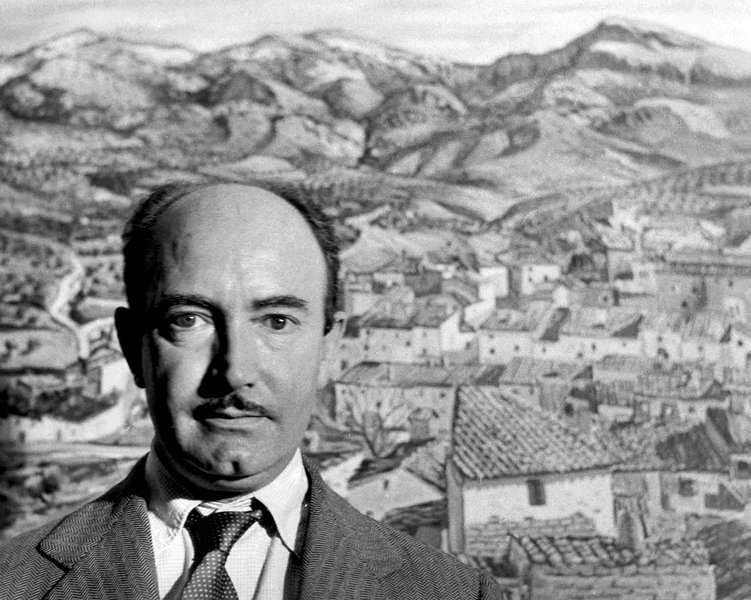
In 1935 he went on his first trip to Paris, a city he would occasionally visit throughout his life, but never lived in long-term as he always returned to Quesada. Nevertheless, in the French capital he met Picasso, Manuel Ángeles Ortiz and Vázquez Díaz and he was able to discover the works of other avant-garde painters, such as Van Gogh and Cézanne, both of whom had a profound influence on his work.
En 1949, when he was already an established artist in Spain, Zabaleta returned to Paris. He visited Picasso at his workshop and gifted him a drawing of one of his star works, Los sueños. The Malaga native thanked him for his visit with a lithograph of his daughter, Maya, and a dedicated book. In 1951, he exhibited at the National Museum of Modern Art in Madrid 27 oil paintings and 34 drawings, and the Local Government of Quesada named him "Favourite Son".
He died on 24 June 1960 in Quesada from a cerebral stroke. He donated the majority of his work to the town of Quesada, which enabled years later the creation of the Zabaleta Museum that houses a collection of over one hundred of the painter's works.
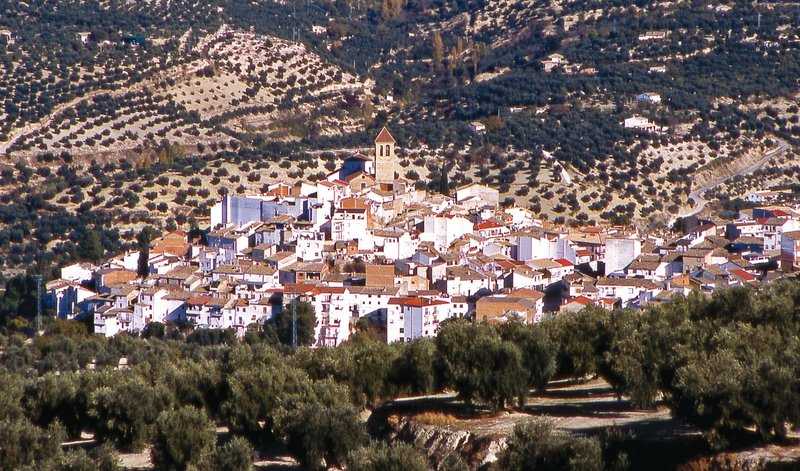
Zabaleta Museum
Quesada is one of the most beautiful and historic towns in Cazorla, Segura y Las Villas Natural Park. The town is clustered around a dominant hill, where the streets and squares present the curved and disjointed appearance of the Medieval period. Rafael Zabaleta was its great painter and the museum that hosts his work is a must-see place.
The museum that houses the work of Rafael Zabaleta is located in Plaza de Cesáreo Aguilera and it treasures more than a thousand works by both the famed artist and his renowned friends. These include drawings by Picasso and serigraphs by Miró, autographs of Eugenio D'Ors and paintings by Gutiérrez Solana. In addition, works by Rafael Canogart, Guinovart, Benjamín Palencia, Antoni Tàpies, Joán Miró and José Luis Verdes, who enjoyed a long-lasting relationship with Quesada are prominent features. Likewise, the Friends of Zabaleta Room comprises souvenirs and writings from Rafael Alberti, Vicente Aleixandre, Camilo José Cela and Gaya Nuño.
Zabaleta Museum also hosts another museum space of great cultural interest, Miguel Hernández / Josefina Manresa Museum, which safeguards and highlights the important legacy of the brilliant poet, the work and figure of Miguel Hernández and his wife, Josefina Manresa.
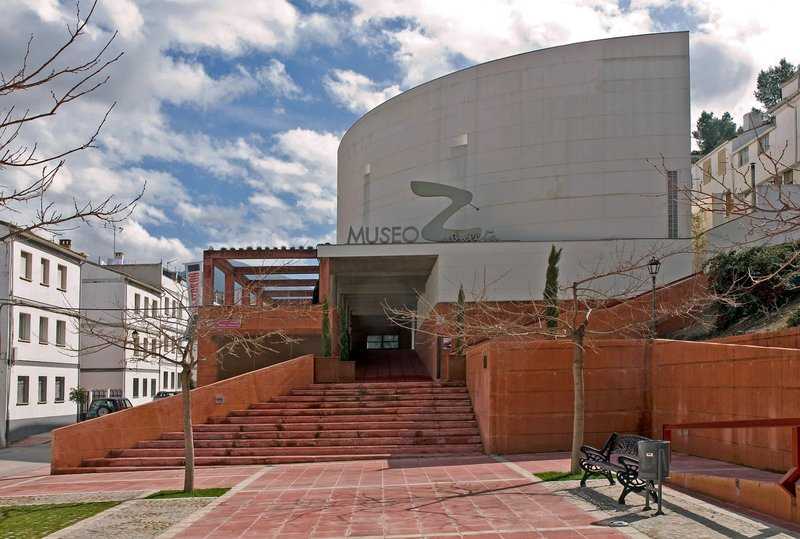
Quesada: Historic town
Plaza de la Constitución is the town centre of Quesada. The neo-classical town hall overlooks the square, next to modernist and regionalist houses. The hill of San Juan descends towards the Arch of Los Santos, which is the gateway to the medieval quarter.
The pointed arch that has keystones and jambs holds inside it a Roman funerary stele consecrated to the priestess Caia Rufina. Another of the entrance gates to the old quarter is Manquita de Utrera Arch, which has Visigoth origins. The neighbourhood is scarred by white streets with traditional houses whose façades are decorated with pots, flowers and flowerbeds.
One of the most typical places in the town is Calle Sin Salida. The upper streets in the old quarter lead to the square where San Pedro y San Pablo Church, an 18th century temple with a Latin-cross floorplan, stands. The exterior has been greatly refurbished, although the main doorway still has its brick lintel and stonemasonry base. Inside, the church has three naves, the highest and widest central nave is communicated with the interiors via arches supported on Tuscan order pilasters. The main altar and chapels of the church contain Baroque images.
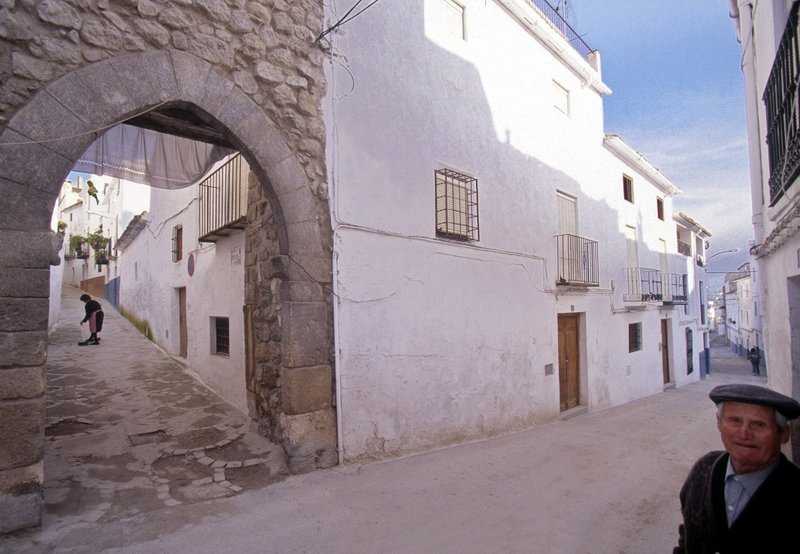
Zabaleta Viewpoint
From Plaza de la Lonja, where the largest church in Quesada emerges, you can take a street that runs to Zabaleta Viewpoint, previously known as Camilo José Cela Viewpoint, who passed through and wrote about the town in the middle of the 20th century. From this viewpoint you can observe the rolling, olive-growing countryside that opens into the regions of La Loma and Las Villas.
You must head down to the lower town to visit Hospital de la Purísima Concepción Church, which has a single nave adorned with a half-barrelvault and a Baroque altarpiece that hosts the alcove of the Virgin. Both San Pedro y San Pablo Church and Hospital de la Purísima Concepción Church open their doors to worshippers from 6 p.m.
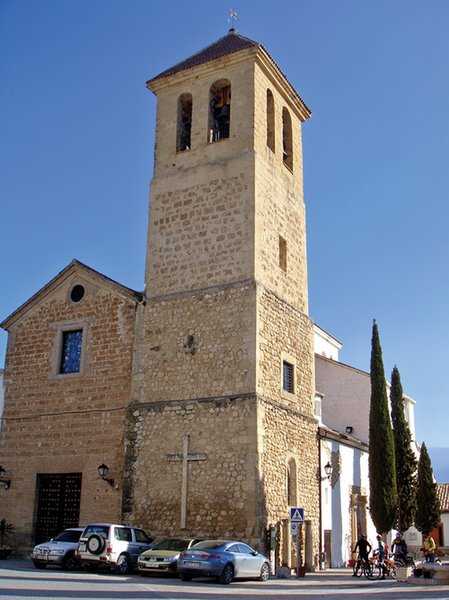
Roman Villa of Bruñel
Only seven kilometres from Quesada, in the direction of Cazorla, you will find the entrance to the Roman Villa of Bruñel. The most noteworthy aspect of this rural house is its mosaics around a central courtyard that have been well preserved.
From the Muslim period, highlights include Tíscar Castle that, due to the height and solidity of the fortification, must have served as a defensive bastion. Access is only possible via two distant points and very narrow paths. From the fortress you can still see the keep and the bailey.
Separate from the castle is the Watchtower of Don Enrique, a cylindrical tower situated between Quesada and La Virgen de Tíscar Shrine, which was founded at the end of the 15th century. This shrine houses the Virgen de Tíscar, who is the patron saint of Quesada. In her honour, the first Sunday of September sees the celebration of a popular pilgrimage. The religious statue is taken to Quesada on the first Sunday in May among a fervent sense of expectation as the locals take to the streets to welcome it to the town. On the 29th of August it returns to its shrine. Next to the castle is La Cueva del Agua, which is a true natural monument with an impressive waterfall inside (except during very dry summers). Legend has it that this cave was the scene of an apparition of the Virgen de Tíscar, patron saint of Quesada, before the King of Tíscar, Mohamed Abdón, in the 14th century.
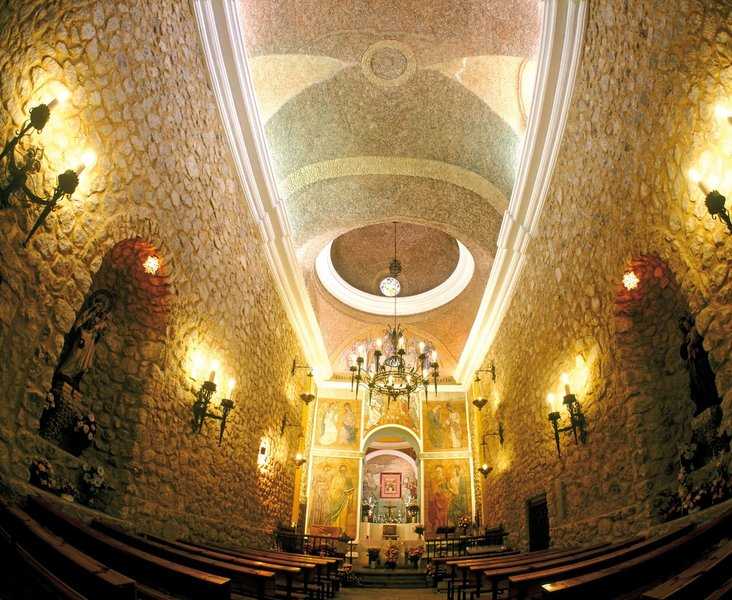
Cazorla, Segura y Las Villas Natural Park
Sierras de Cazorla, Segura y Las Villas Natural Park will impress visitors with its rugged relief of mid-sized mountains. High, rocky walls intermingle with deep valleys and abundant pine forests. Its peaks include Empanadas y Cabañas, which is over 2,000 above sea level, with Yelmo being one of the most visited for people practicing hang gliding.
Water is another of the star elements of this reserve, which is the largest protected area in Spain with its 209,920 hectares. The extensive existing hydrographic network not only enjoys a wide variety of flora and fauna, it also enables the practice of many activities: a boat trip along the Tranco reservoir, hiking near Borosa River, and exploring the sources of the Guadalquivir and Segura rivers or Chorro Gil Waterfall are just some of the options available.
The Guadalquivir River is one of the symbols of the region of Andalusia. Its source is located in the municipal area of Quesada. In order to enjoy its first kilometres of life, you should head to Puente de las Herrerías, which is a trail that runs parallel to the river and a place where you can enjoy forests of typical black pines and the flight of birds such as the falcon. It is advisable that you take some binoculars with you.

This natural space is also known for its hunting tradition. Sierras de Cazorla, Segura y Las Villas Natural Park is more than simply nature. The passage of different civilisations such as the Iberian, Roman and Moorish means they have all left their markon its towns and you simply must visit these. Highlights include the squares and streets of Cazorla, a town guarded by the Sierra de los Halcones, Iruela Castle, the Iberian necropolis of Toya in Peal de Becerro and the Roman Villa of Bruñel.
Likewise, hiking is extensive as the Park has over 50 routes that reveal the diverse landscapes these mountains are famous for. Among these is the Río Borosa hiking trail, which runs near the beautiful course of the Guadalquivir's first tributary of importance. More adventurous visitors can go climbing as there are several routes open, especially in the Riogazas area (Cazorla). Rafting on the Guadalquivir River and canyoning in Cerrada del Utrero are some of the other, most popular activities in summer and they offer spectacular views of the river and its cliffs. Finally, the majority of open forest tracks allow you to go cycling and reach, for example, the sources of the Guadalquivir and Segura rivers, or explore the Campos de Hernán Perea.

